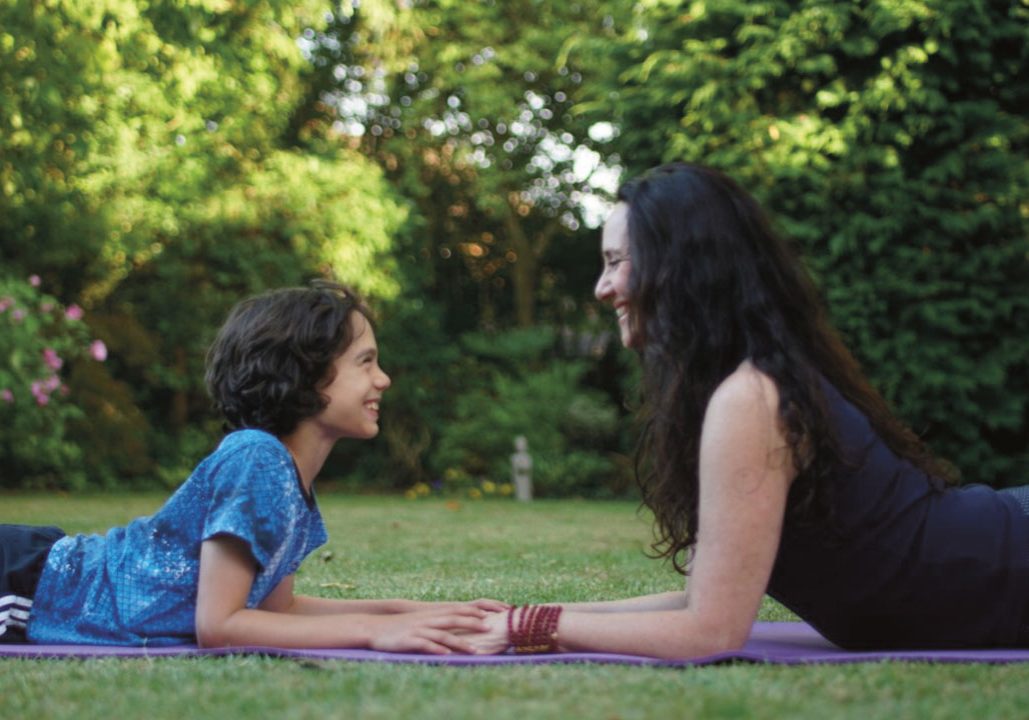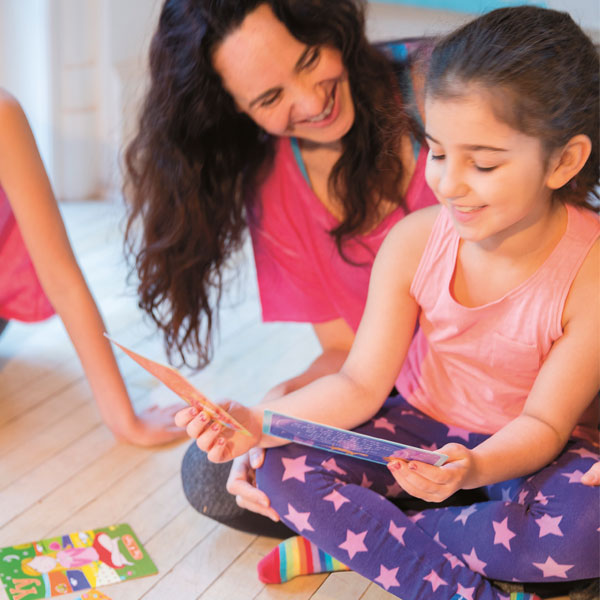
The 3 myths of children's yoga teaching
Breaking the myths in teaching yoga for children. By Ayala Homossany
“I am so bored!” “Oh…This class is so boring!!!”
Have you ever heard these words in your kids’ yoga classes before?
I believe so…I did, and more than once!
So many emotions ran through my body when I heard those words, but most of all I knew one thing: the kids in my class just threw me a lifeline.
Let me share with you some insights into the world of children’s yoga and try to break few myths some people might have about yoga for children.
Myth 1: During a yoga class all children are sitting quietly and following instructions
Children are curious; they constantly explore the world around them. As such, they have different ways of receiving information. During a yoga class they will move around, chat and do all they know in order to try and make themselves feel more comfortable, physically and emotionally. So, expect the children in the class to move, talk, share thoughts and ideas with you and even make suggestions about the class. The role of the teacher is to hold the space for them and to support and share with the children new tools and techniques to empower, nourish and help them be comfortable where they are.
Myth 2: When children say they are bored in a class, they are being rude
‘Bored’ is a word that holds in it so many meanings. It can mean: ‘This practice is too challenging for me’; ‘I am hungry and can’t concentrate’; ‘I am tired and all I want is to rest’; or even, ‘I am anxious and I want to get out of here.’ When children tell you that they are bored, don’t take it personally. Know that you just received the most candid feedback; a piece of inside information. Thank the children for sharing these words with you and look closely at what they really mean. From there, you can choose to change the activity, or change your position or tone.
Myth 3: I should always stick with the class plan I prepared for my children’s yoga class
No matter where you hold your class, every child comes from a different background and carries with them different emotions. Until the children are actually in the room with you, you can’t know if they will be edgy, sluggish, tired, energised, or relaxed. Therefore, if you use a prescriptive class plan, think of a way to keep it flexible and be ready to adjust it at any moment. Having an overall theme or an intention that you carry with you throughout the class, can be an easy way to make the class more agile and flexible. Before the class starts, have a mini brainstorm where you remind yourself of all the poses, breathing exercises, and yoga games which could relate to your theme or intention. When the children arrive, you will be more comfortable to retrieve from your tool box the practices that will mostly benefit the children at that specific time.
Ayala Homossany is a senior yoga teacher who runs the Yogacampus Children’s Yoga Teacher Training ‘Empowering Children through Yoga and Creativity’. She is also the author of the award-winning Enchanted Wonders A-Z cards. Visit (ayalayoga.com).





